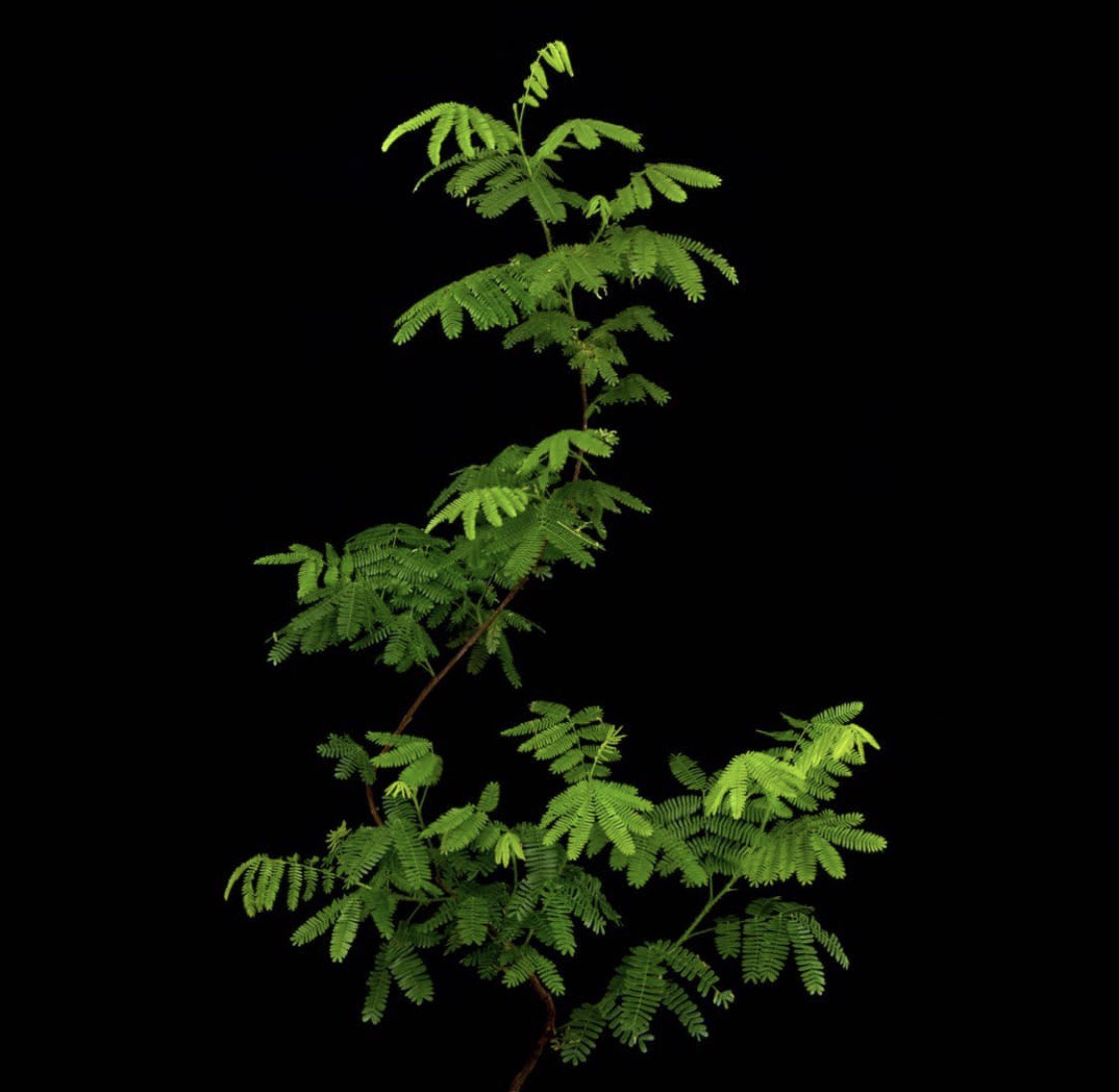
The pharmacognosy of Mimosa hostilis
Posted by entheogenic paths on
What is pharmacognosy?
Pharmacognosy is a fancy word, coined by the German botanist Seidler, to describe the study of chemical compounds that can be derived from natural sources. He focuses on how such chemical substances can be used in medicine. It is a field of thought whose main tenets are probably as old as civilization itself, as the use and study of naturally produced chemical substances is found in many ancient cultures.
Pharmacognosy can be seen as a scientific and chemical development of "ethnobotany". Ethnobotany is the study of traditional medicine employed by shamans or village doctors from different ethnic and indigenous groups: these ethnic groups would often experiment with different extracts from plants, minerals and animals, to discover their beneficial or harmful effects on the human body.
However, unlike shamans, pharmacognosy today uses a large variety of technological equipment and advanced methodologies to extract and identify the chemical substances found in plants and animals. After extracting a substance, the next step of pharmacognosy is to identify the potential medicinal uses it could have. This part of the research is often performed in the laboratory using cell cultures or animal toxicity studies.
What are the chemical substances found in mimosa hostilis?
Since ancient times, mimosa hostilis has been part of traditional medicine recipes in the Americas.
The scientific name of this tree is Mimosa tenuiflora (Willd) Poiret,
and Mimosa hostilis is used as a synonym.
Various benefits are associated with the tepazcohit tree, which is the common name of hostilis in Mexico. The peel was used in various folk medicine recipes and is a common ingredient in skin care products. A complete understanding of the pharmacognosy of Mimosa hostilis will allow us to determine which compounds have useful-medicinal or cosmetic properties. This in turn will allow us to isolate these key ingredients and incorporate them into the concoction we will make so that we can get maximum benefit from the wonders of wood.
Here is a brief description of some of the substances found in KMA (Mimosa Hostilis Bark), and their known effects or potential uses. This is not an exhaustive list, and I aim to improve and update this page as I come across new information.

Seed germination of M. hostilis
Saponins
Saponins are a group of molecules often found in plants. They share structural similarities with glycosides (sugars), but vary widely in their pharmacological properties. Such properties can range from anti-bacterial, anti-fungal, anti-inflammatory, anti-parasitic, anti-viral and anti-tumor. As a result, saponins are often used to make soaps and detergents, but have also been used and studied quite a bit by the cosmetics and pharmaceutical industries for their potentially useful properties as I mentioned above.
Saponins are roughly divided into two types: the steroidal saponins and the triterpenoid saponins. So far, three distinct steroidal saponins and four triterpenoid saponins have been produced from K.M.H.
Campesterol-, Stigmasterol- and beta- sitoserol-3-0-beta-D-glucopyranosyl (steroidal saponins)
These three steroidal saponins were extracted from the stem bark of MH in 1993. To the best of our knowledge, no research has yet been done on the exact pharmacological effects of any of these steroidal saponins.
For more information see a short article by Dr. Mina Faran on the chemistry of phytoecdysteroids.
Mimonosides A, B & C and Lupaol - Triterpenoid Saponins
The mimonoside saponins are so named since they were first discovered in the mimosa hostilis tree. They have been shown to have immunomodulating properties as well as the ability to stimulate proliferation of cultured mouse cells. Although these saponins are hypothesized to play a role in skin healing properties, this has yet to be scientifically confirmed.
Lupeol, another triterpenoid saponin, was also isolated from Mimosa hostilis. Luphol has been studied more thoroughly than its other triterpenoid counterparts and has been shown to have strong anti-inflammatory and anti-carcinogenic properties.
flavonoids
Flavonoids are a large group of plant compounds known for their powerful antioxidant properties. There are up to 6 different types of flavonoids, all of which have distinct structural and medicinal properties: Anthocyanins (also known as tannins) are a well-known group of flavonoids with exceptional antioxidant properties. In addition to being good antioxidants, certain types of flavonoids have been shown to have strong phytotoxic or even anti-inflammatory properties.
Over a dozen different types of flavonoids have already been extracted from the Mimosa hostilis plant. However, not much is still known about their pharmacological effects despite their great potential.
Some of the flavonoids extracted from Hostilis are:
Tenuiflorin A, B & C,
kukulkan A & B and Santina.
Indole alkaloids:
Indole alkaloids have attracted much attention due to their psychoactive effects. These chemicals are produced in plants and animals by converting the amino acid tryptophan. Serotonin is an excellent example of an indole alkaloid that is produced in humans and acts as a neuromodulator in the brain. It is interesting to note that serotonin can also be extracted from mimosa hostilis plants.
Demate (N,N-dimethyltryptamine)
Demat is mainly extracted from the root bark of M.H. The compound has gained a lot of interest from scientists and psychonauts, due to its strong hallucinatory effects. It is also one of the active ingredients in various shamanic and religious rituals. Studies have shown that apart from the acute cardiovascular effects (increase in heart rate and blood pressure), Demet poses low toxicity risks. Nevertheless, it is a powerful agent capable of inducing intense feelings of fear, paranoia and anxiety; All of these can produce immediate and long-term psychological effects on the user and seeing trolls in the shadows.
Although demate can be found in low concentrations in human brain tissue, its exact role in brain function is still not understood. It is thought to be produced in the lungs and adrenal glands instead of the brain. When it reaches the brain it is known to bind to a variety of receptors in the brain such as serotonin, dopamine, acetylcholine and glutamate receptors. All these receptors play important roles in behavior, emotion and/or distinct states of consciousness.
Mimosa hostilis is an entheogenic plant, also known as Jurema preta in Brazil, was used throughout the Amazonian lowlands in pre-Columbian times, and was known by the Aztecs as the "metal tree" Tepus-cauhuitl due to its hard and dense wood.
The exact recipes of the old mimosa preparations of the Jurema botanical sect have unfortunately been lost, but from older ethnographic literature we know that Jurema drinks (Ajucá or veuêka) gave shamans fantastic and meaningful dreams and brought with them "magic, and even transported them to heaven" as described in the book "Botany and Chemistry" of Hallucinations, 1980" by Richard Evans Shultis and Albert Hoffman.
The main active ingredient in the plant is N,N Dimethyltryptamine of which it has about 2% in the mass of its dried root bark.
Unfortunately, not enough research has been done on this substance beyond the one Strassman started in the late 1990s, signed off on in 2014 by Rick Dublin and the Mapps Society, to conclude whether it would have any beneficial clinical use. Future research may provide answers to the hypotheses that demet may be used as a treatment for drug-related or anxiety disorders.
Serotonin (HT -5 )
Serotonin can also be extracted from the root bark of M.H. Unlike Demet, serotonin's role in brain physiology is significantly more established. This neurotransmitter is found and plays an important role in sleep and wakefulness, cognitive flexibility and also in the neuromodulation of moods and positive emotions.
Probably the most studied aspect of serotonin is its role in depression, as arguably some of the most powerful antidepressants are selective serotonin reuptake inhibitors (SERT's). Roughly speaking, SERT's are compounds that increase serotonin levels in the brain to help regulate mood. It is possible that the extraction of serotonin from the root bark of M. H. can be used in the future for similar scientific and research purposes.
Yuremamine - Yuremamine
The phytoindole yuramine (derived from the indigenous word "Yurema" - also spelled Jurema - for the mimosa hostilis tree in Brazil), was actually first discovered and extracted from the stem bark of MH around 2005, making it one of the newer compounds found in this tree. So new in fact, that in 2015 a new study was published that suggested that yuramine might not be an indole alkaloid, but a flavo-alkaloid.
Unfortunately, there are still no studies examining the pharmacological effects of euramine. It is hoped that academic researchers and pharmaceutical companies alike will soon decide to investigate this promising alkaloid. One putative property is that it acts as an MAO (monoamine oxidase) inhibitor.
With such a rich chemical profile, it's easy for us to get excited about the new applications that could emerge for Mimosa Hostilis in the future. The traditional uses known to this tree in the Americas are as varied as the names it has received. .
Anti-aging and cosmetic uses of mimosa hostilis:
The well-known anti-fungal, anti-microbial and wound-healing properties of MA are not the only reasons people trust it.
The rejuvenating properties of the root bark powder were close allies in the indigenous beauty routine. Since ancient times, grandmothers have shared their little Sudan with their daughters and granddaughters: the use of tepazcoite as a natural anti-aging treatment and key to maintaining healthy skin and hair.
The tepezcohuite soaps and oils are used by native women in their beauty treatments. Such natural products help them treat acne, avoid the appearance of wrinkles, skin spots and stretch marks from pregnancy. They rely on MA to take care of their long, thick, lush hair, and it also neutralizes dandruff and stimulates hair growth.
In 2015, during an interview with Elle magazine, the Hollywood actress Salma Hayek said that she uses Mimosa Hostilis as part of her beauty routine, and prefers it to Botox. She was surprised that the use of tepazcoite was virtually unknown in the US. In 2011, she launched a line of cosmetics, face care and hair care products with mimosa hostilis as a key ingredient.

Mimosa hostilis flowering in Israel.
Photographed in the entheogenic garden of ETHNO VIBE'S
So what does the science actually tell us about mimosa hostilis?
Only a few years ago, the pharmacological and medical effectiveness of mimosa hostilis began to be tested in experiments. There are reports confirming that extracts and by-products of this tree are useful for treating wounds, infections and skin diseases such as psoriasis.
In a study published in 2006, an extract of M. H. was used to treat leg ulcers. Under controlled conditions, they found that the entire group using the hydrogel extract reduced the wound by more than 90% by the eighth application, while only one person in the normal control group achieved similar recovery. Furthermore, no side effects were observed in the test group.
The bark of M. H. contains tannins, saponins, polyphenols, some of them alkaloids, lipids, phytosterols, glycosides, xylose, rhamnose, arabinose, lupaol, methoxychalcones and coculcanins.
The healing properties of extracts obtained from the bark have been scientifically studied, and the main biological activity has been attributed to its tannin and saponin content. 12 studies include clinical trials of phytomedicines based on tree bark extracts for the treatment of leg ulcers and veins.
Among various experiments, scientists discovered that the extract of MH, especially its tannins, helped fight bacteria such as Micrococcus luteus and Bacillus subtilis and fungi such as Microsporum canis, Microsporum gypseum, Trichophyton mentagrophytes, Trichophyton rubrum and Chaetomium that indicum. The combination of the extract with ethanol was effective against Candida albicans.
Mimosa (Tepezcohuite) is a natural pain reliever, it can help calm and soften the skin, rich in tannins, saponins and flavonoids, which have antioxidant properties, is known to encourage collagen proliferation and improves the moisture content of the skin and the appearance of wrinkles and lines in the skin.
Mimosa Hostilis is known as a natural skin rejuvenator. Tepzacohit, added to hair products can stimulate hair follicles for stronger and healthier hair.
What is mimosa hostilis oil or extract used for?
Mimosa absolute oil is widely used in aromatherapy, natural cosmetics and soap production. It is soothing and warming, helps to overcome anxiety and sensitivity. It is also used as a stabilizer in the perfume industry. It is also used to treat oily skin, sensitive skin and general skin care.
Sources:
- Orhan, IE Pharmacognosy: Science of natural products in drug discovery. BioImpacts, 109–110 (2014).
- Agra, MDF, Silva, KN, Basílio, IJLD, De Freitas, PF & Barbosa-Filho, JM Survey of medicinal plants used in the Northeast region of Brazil. Brazilian Journal of Pharmacognosy, 472–508 (2008).
- Anton, R., Jiang, Y., Weniger, B., Beck, JP & Rivier, L. Pharmacognosy of Mimosa tenuiflora (Willd.) Poiret. J. Ethnopharmacol, 145–152 (1993).
- Choi, J.-M. et al. Identification of campesterol from Chrysanthemum coronarium L. and its antiangiogenic activities. Phyther. Res, 954–959 (2007).
- Jiang, Y. et al. Triterpenoid glycosides from the bark of Mimosa tenuiflora. Phytochemistry, 2357–2360 (1991).
- Rivera-Arce, E. et al. Pharmacognostical studies of the plant drug Mimosae tenuiflorae cortex. J. Ethnopharmacol, 400–408 (2007).
- Saleem, M. Lupeol, a novel anti-inflammatory and anti-cancer dietary triterpene. Cancer Letters, 109–115 (2009).
- Bautista, E., Calzada, F., Ortega, A. & Yépez-Mulia, L. Antiprotozoal Activity of Flavonoids Isolated from Mimosa tenuiflora (Fabaceae-Mimosoideae). Article. Chem. Soc, (2011).
- Pochettino, ML, Cortella, AR & Ruiz, M. Hallucinogenic snuff from northwestern Argentina: Microscopical Identification of Anadenanthera colubrina var. cebil (Fabaceae) in powdered archaeological material. Econ. Bot, 127–132 (1999).
- Strassman, RJ & Qualls, CR Dose-Response Study of N,N-Dimethyltryptamine in Humans: I. Neuroendocrine, Autonomic, and Cardiovascular Effects. Arch. Gen. Psychiatry, 85–97 (1994).
- Carbonaro, TM & Gatch, MB Neuropharmacology of N,N-dimethyltryptamine. Brain Research Bulletin, 74–88 (2016).
- Barbosa, PCR, Mizumoto, S., Bogenschutz, MP & Strassman, RJ Health status of ayahuasca users. Drug Test. Anal., 601–609 (2012).
- Frecska, E., Szabo, A., Winkelman, MJ, Luna, LE & McKenna, DJ A possibly sigma-1 receptor mediated role of dimethyltryptamine in tissue protection, regeneration, and immunity. J.
- Calvert, MB & Sperry, J. Bioinspired total synthesis and structural revision of yuremamine, an alkaloid from the entheogenic plant Mimosa tenuiflora. Chem. Commun. 6202–6205 (2015).
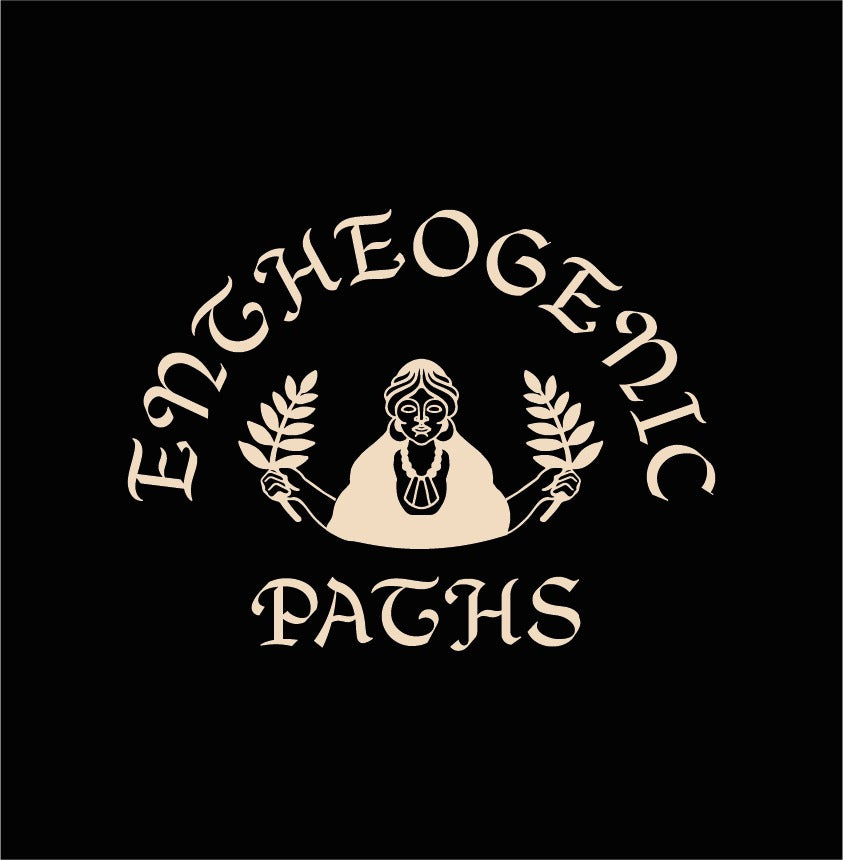
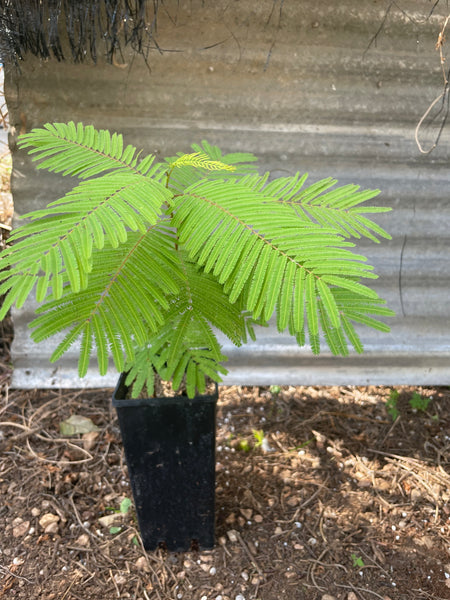
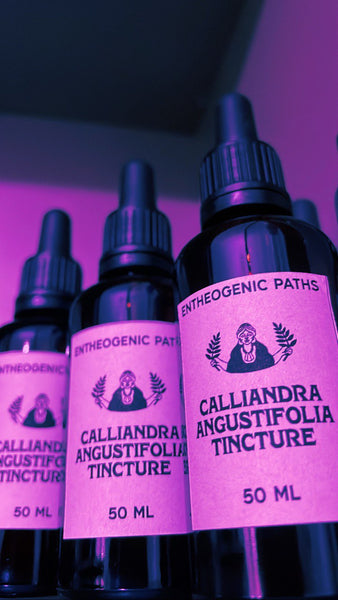
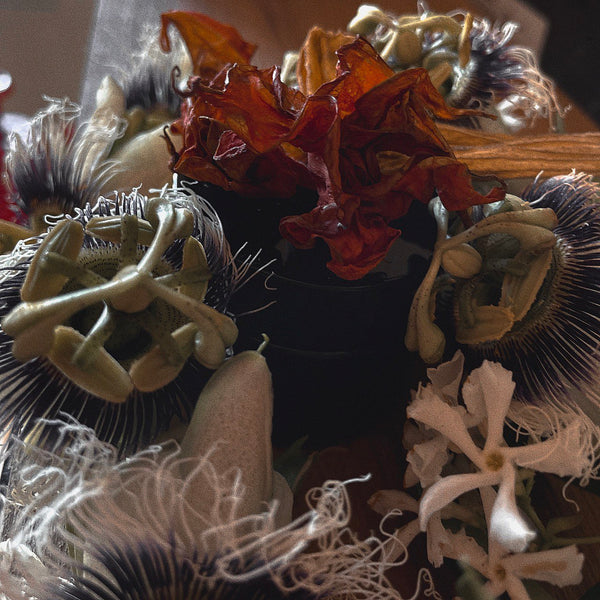
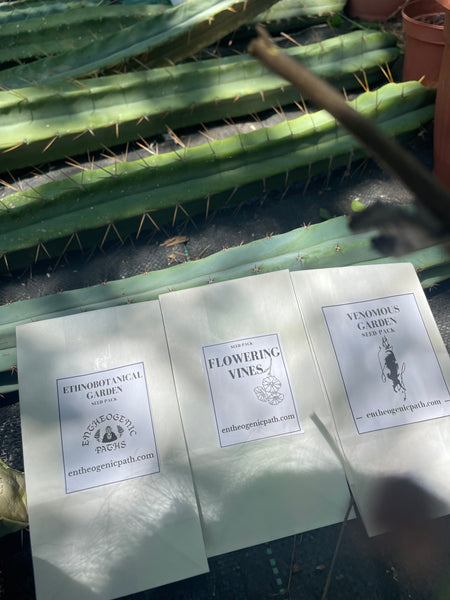
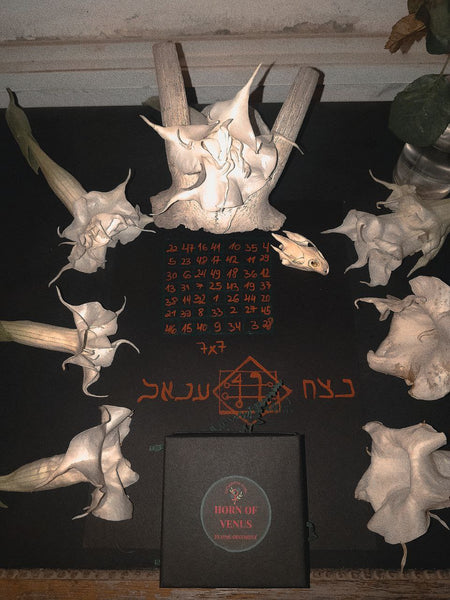
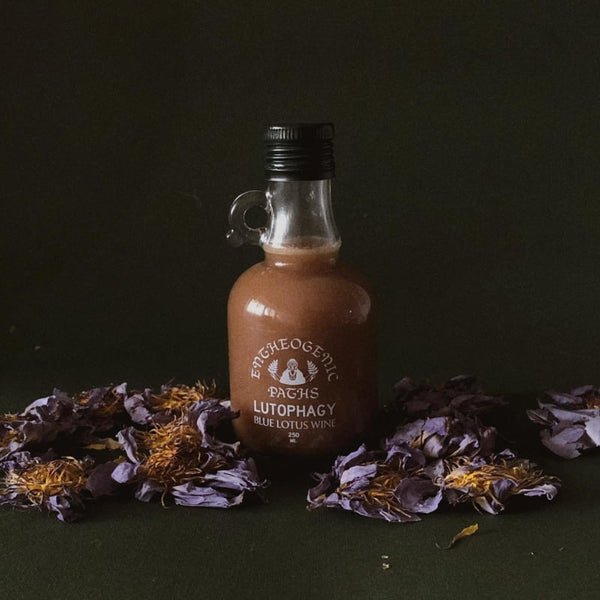
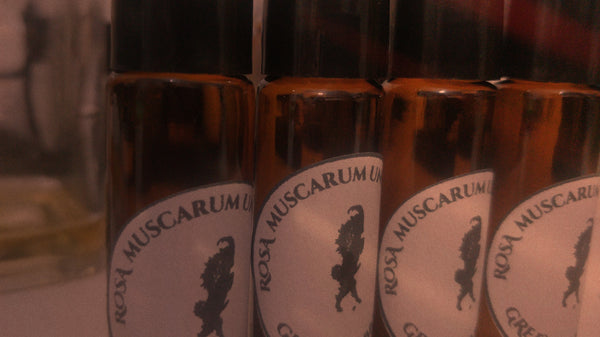
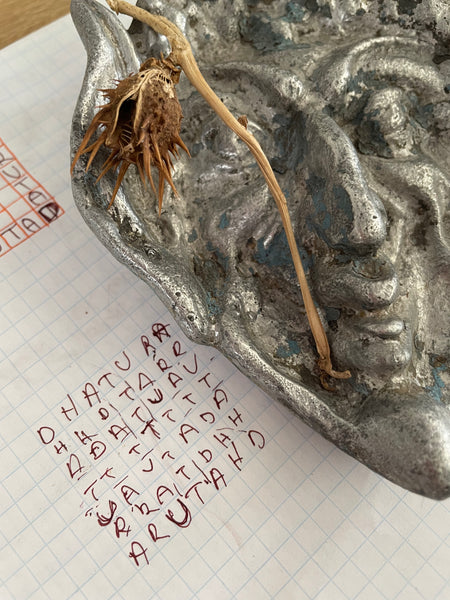

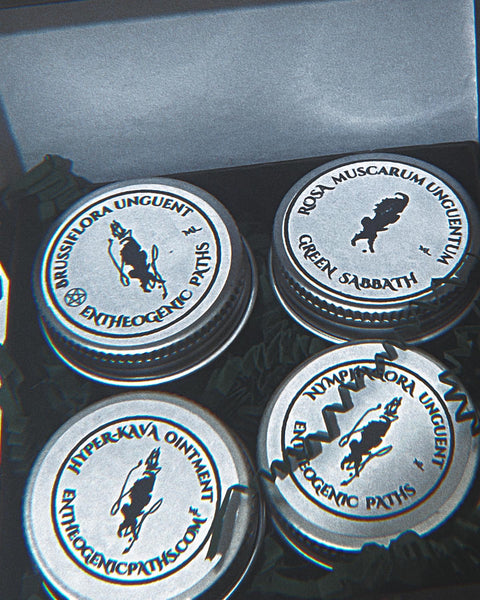
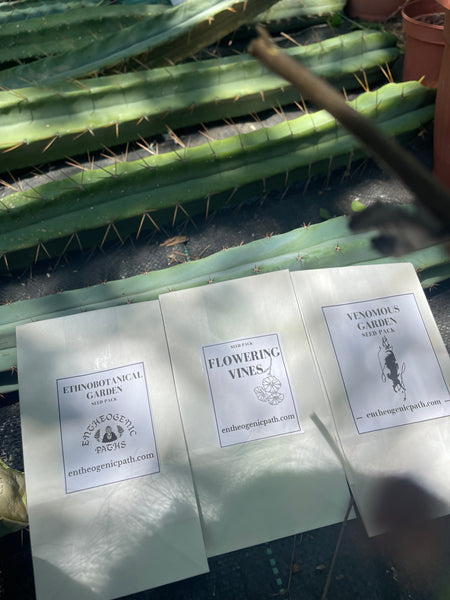
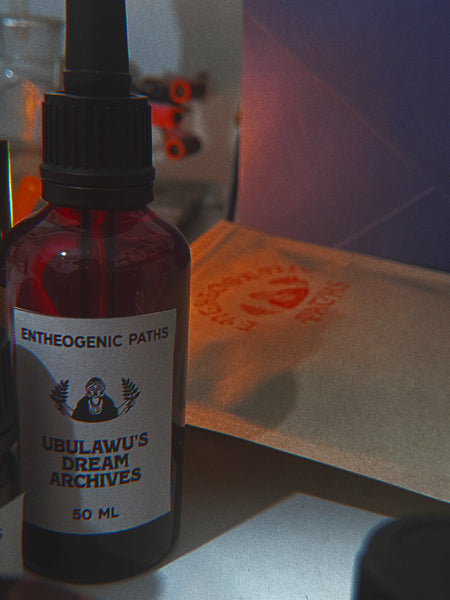
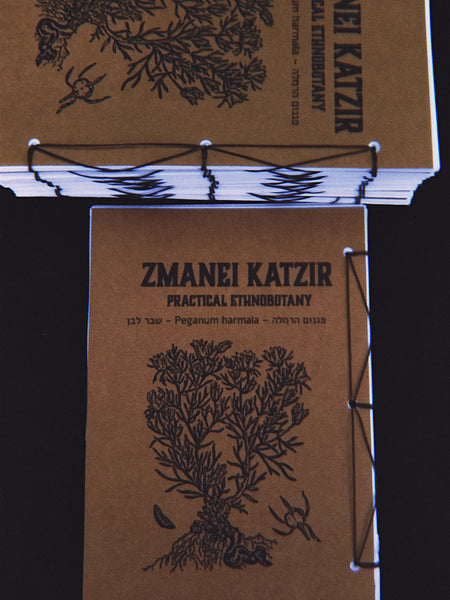

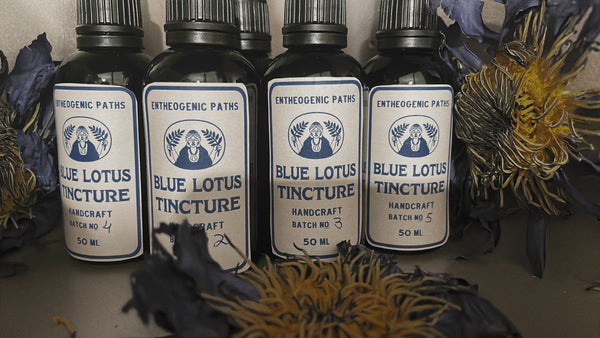

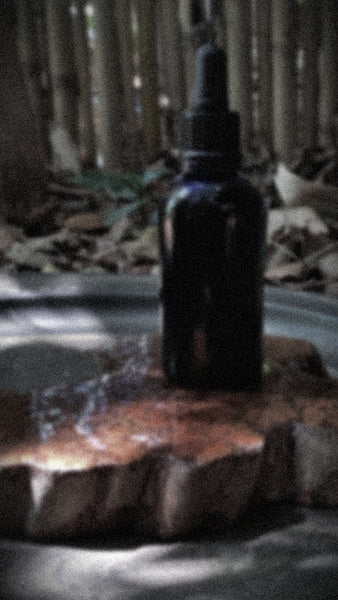
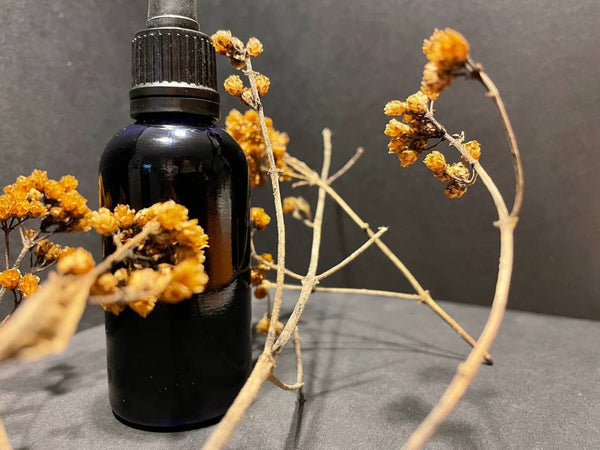
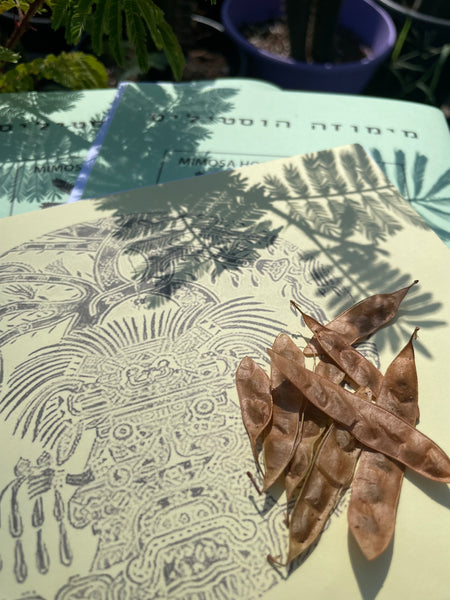

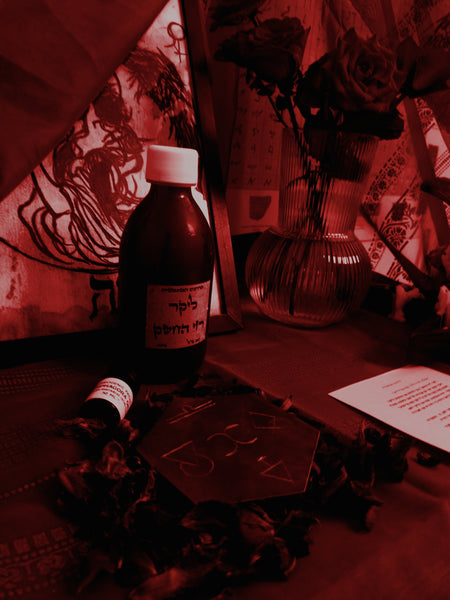

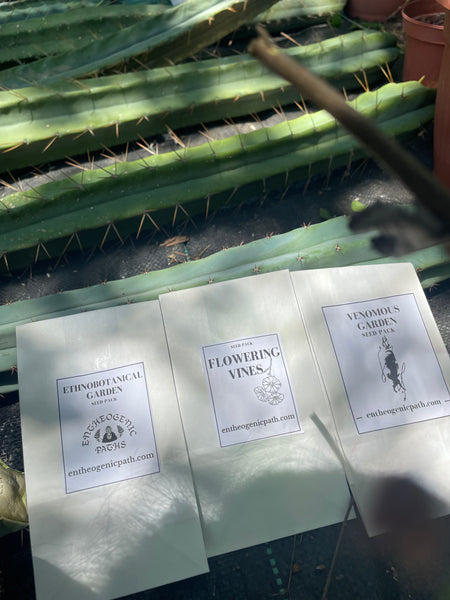
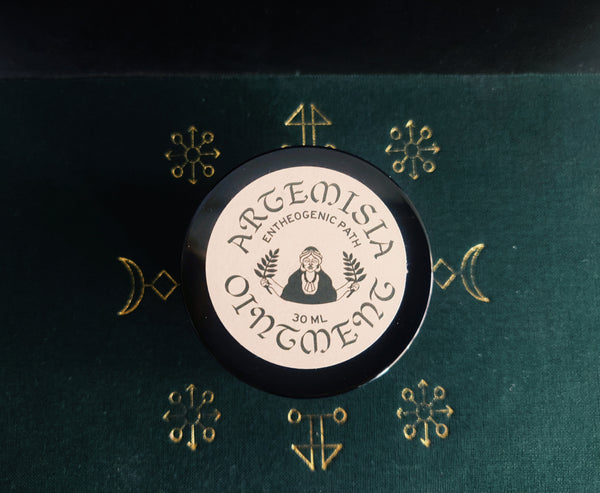
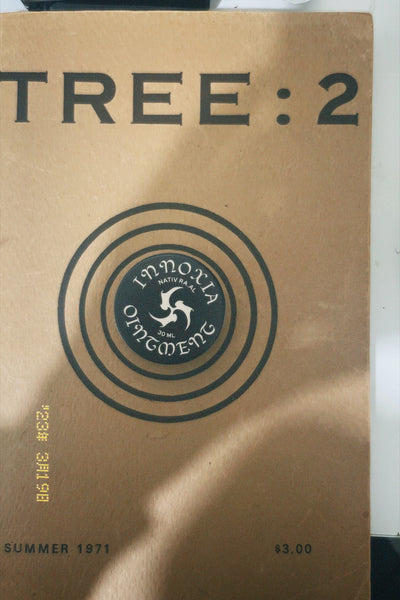

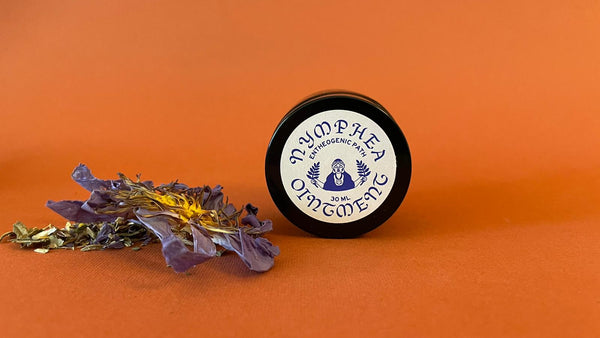
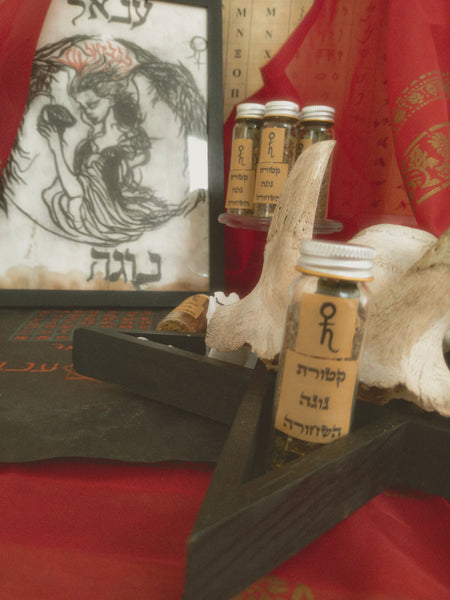

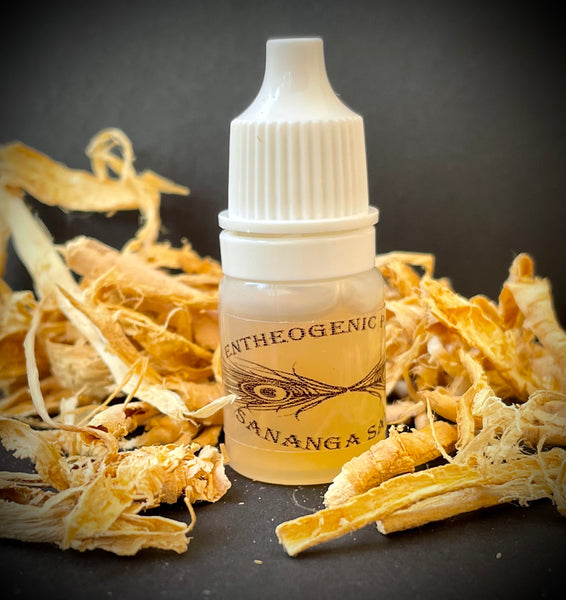


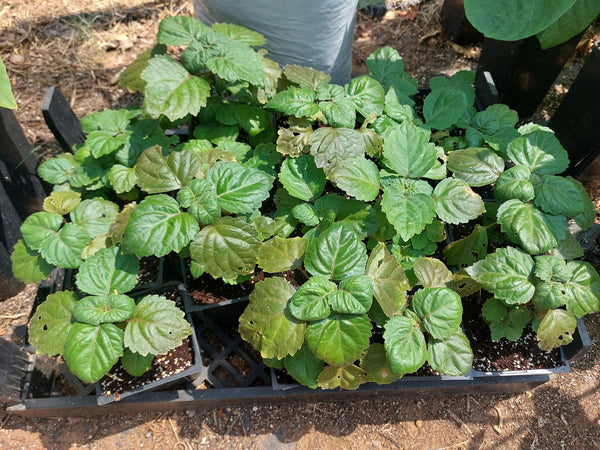
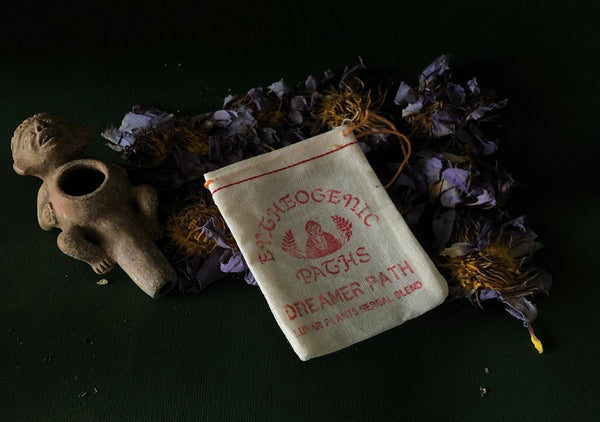
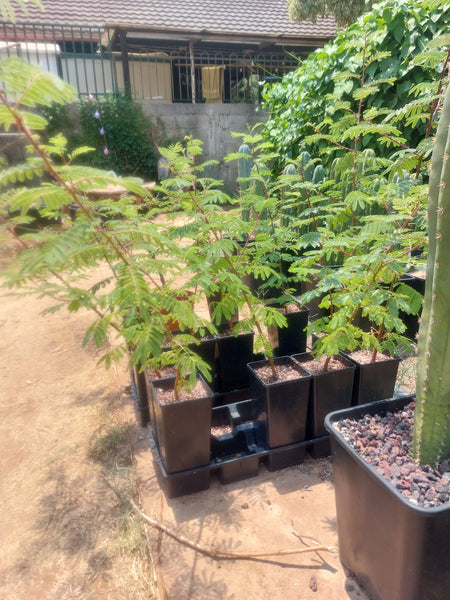



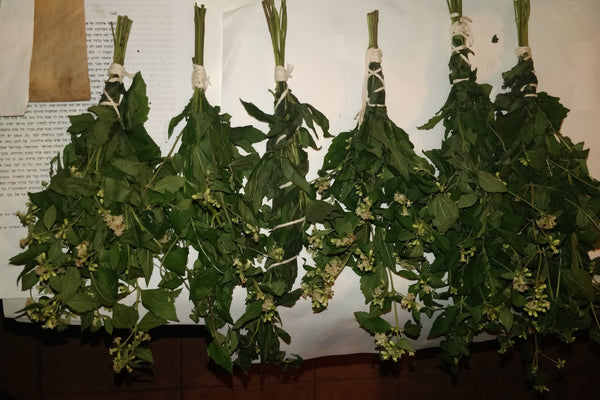
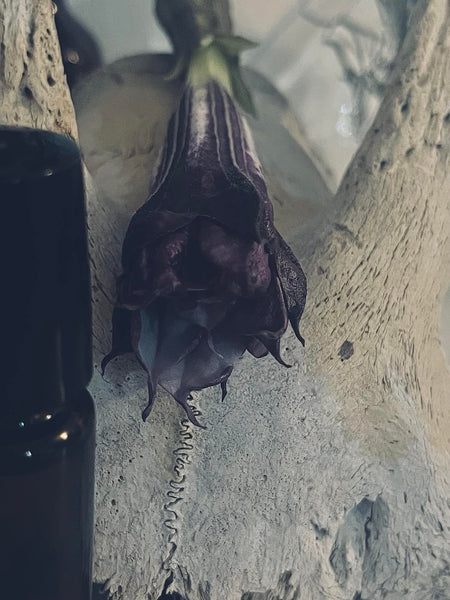

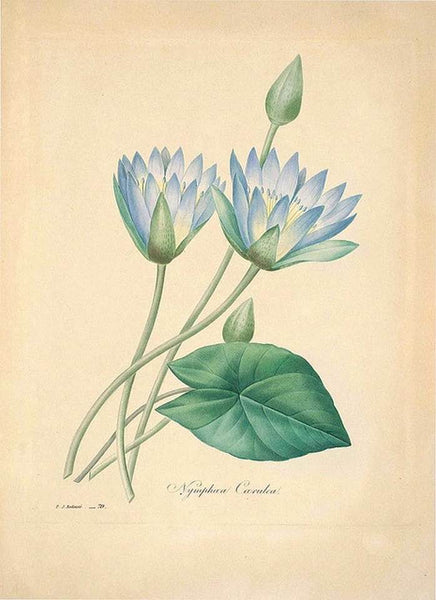
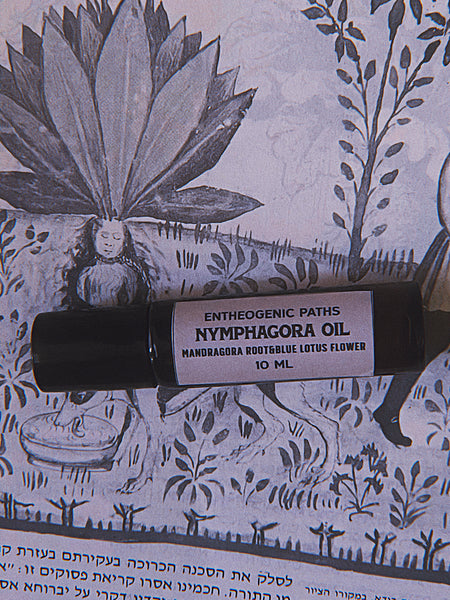
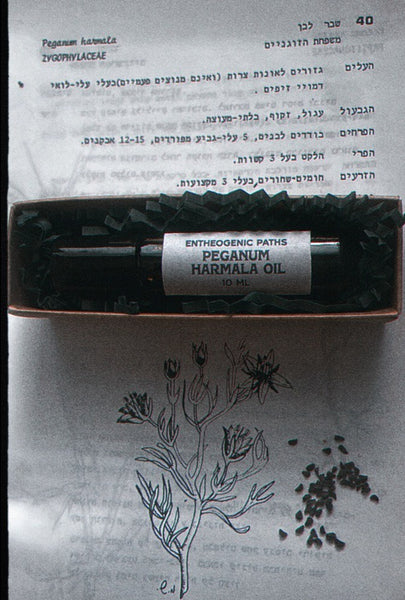

I’m impressed with the level of professionalism and care this site demonstrates. The information provided on DMT, LSD, and Ayahuasca is thoughtful and well-presented, and the delivery process was smooth and timely. It’s clear that attention to detail and customer satisfaction are priorities here — much appreciated. dmtbloom.com